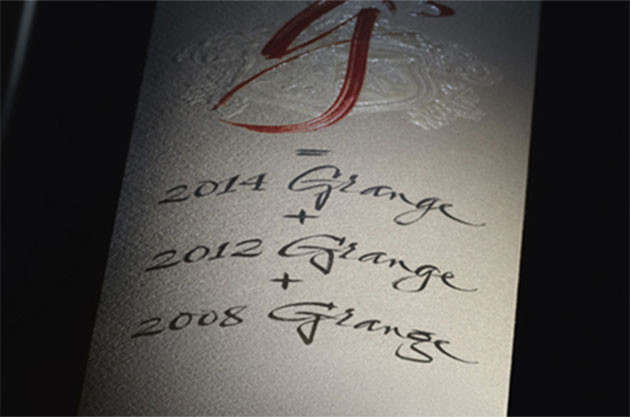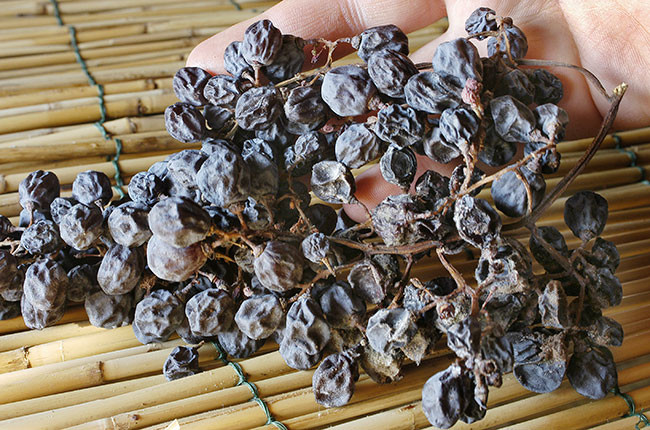Is it possible to tell whether a wine is warm or cool climate from a blind tasting? Terry Kandylis, Head Sommelier at 67 Pall Mall, gives his answer...

Esther Ho, via email, asks: When blind tasting for my studies, how can I tell if a wine is from a cool or warm climate?
Terry Kandylis, for Decanter, replies: A wine’s appearance gives you the first hint. A lighter-coloured white wine with green tinges might indicate either a cool site, a youthful wine – or both. A deeper coloured red, for example, may mean more concentration or higher sunshine hours and therefore help you identify the variety once you’ve tasted it. Is it a high-altitude, cool-climate Malbec from Mendoza? Or a valley-floor Shiraz from Barossa? High viscosity (the legs or tears that cling to the glass) can show higher alcohol content. If we follow the rule that warm-climate regions give you riper wines, with higher alcohol and lower acidity, tears/legs can show this. It’s not always the case, though, as a wine with high viscosity might just have a lot of residual sugar that has not fermented to alcohol.
The nose and palate of a wine give you more hints. For example, when underripe – or from a cooler site – Sauvignon Blanc or Cabernet Sauvignon can show a very intense herbal, pungent note of fresh-cut grass, green peppers or blackcurrant leaf. This is due to methoxypyrazines. When fully ripe, these components decrease but are still present to help you identify the variety.
Looking at Cabernet, wines from cool-climate Bordeaux are very different in style to those from warm-climate Napa Valley or Coonawarra. In the latter areas, the alcohol content is higher and the fruit is much riper, almost overripe by comparison – think stewed fruit; tannins are softer, less grippy in youth, and acidity likely softer and lower too. With Pinot Noir from Burgundy, you will find crunchier red fruit, more refreshing acidity and perhaps more minerality or earthy notes compared to the riper, juicier, darker fruit notes of a New World equivalent.
These are very general rules, however. With the ongoing work to identify cooler sites in the New World, and modern styles of Bordeaux reaching 15% alcohol, it’s becoming harder to differentiate them. In general, riper fruit on the nose and palate suggests more sunshine and warmer climates; conversely, think cooler sites if you taste green, tart fruit and higher acidity. Though again there are wines that break these rules – Semillon from Australia’s warm Hunter Valley is one. It has a green tinge to its appearance and little viscosity. Its aroma and flavour is herbaceous, tart and pungent yet it has about 10.5% alcohol!
So there’s no easy answer to this question, I’m afraid. It’s a case of trusting your senses, studying the characteristics of classic grape varieties and styles from both Old and New Worlds and warm and cool climates; and tasting, tasting, tasting!
Terry Kandylis is the Moët UK Sommelier of the Year and head sommelier at 67 Pall Mall.
Translated by Sylvia Wu / 吴嘉溦
All rights reserved by Future plc. No part of this publication may be reproduced, distributed or transmitted in any form or by any means without the prior written permission of Decanter.
Only Official Media Partners (see About us) of DecanterChina.com may republish part of the content from the site without prior permission under strict Terms & Conditions. Contact china@decanter.com to learn about how to become an Official Media Partner of DecanterChina.com.











Comments
Submit